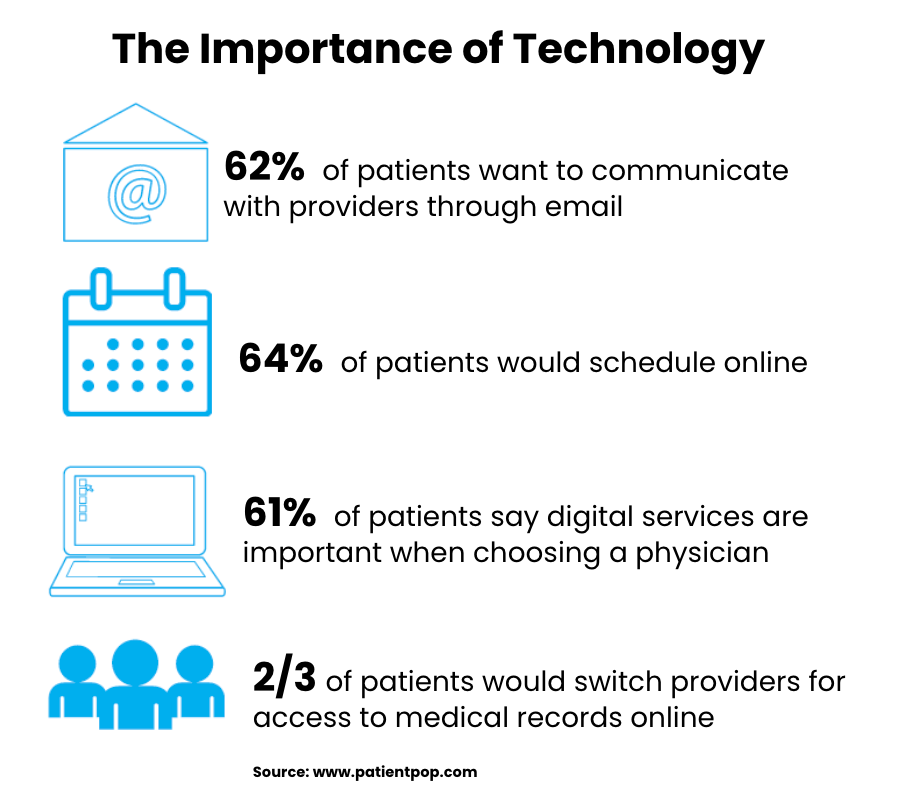The cheapest HIPAA compliant email options include budget-friendly plans from Paubox, Virtru, and Google Workspace when properly configured with security add-ons. Healthcare organizations should consider total costs including implementation, training, and ongoing management expenses. While consumer email services cost less, they lack the security features and Business Associate Agreements necessary for HIPAA compliant email communications with patients.
Entry-Level HIPAA Compliant Email Services
Several providers offer affordable HIPAA compliant email options for smaller healthcare practices and organizations with limited budgets. LuxSci and Paubox provide encrypted HIPAA compliant email with a Business Associate Agreement included, including support for securing Google Workspace and Microsoft 365. Virtru also offers email encryption for small teams. ProtonMail Professional includes encryption, though healthcare organizations must verify BAA availability. Google Workspace and Microsoft 365 Business provide foundational platforms, but require additional security configurations and add-ons to achieve full HIPAA compliance. These baseline services provide encryption and security features while keeping monthly costs manageable for smaller healthcare entities.
Non Subscription Fee Budget Considerations
The true cost of HIPAA compliant email extends beyond monthly subscription prices. Implementation expenses include configuration time, security testing, and integration with existing systems. Staff training introduces both direct costs and productivity impacts during the learning period. Ongoing management requires dedicated IT resources or outsourced support services. Audit preparations and compliance documentation demand administrative attention. Organizations also face potential costs from security incidents if they choose inadequately protected budget options to save money. Many healthcare providers discover that selecting email services based solely on subscription prices leads to higher overall expenses. A thorough cost analysis should include all implementation and operational factors rather than focusing exclusively on monthly fees, and also should consider the vendor’s customer support practices and reputation.
Security Features and Compliance Trade-offs
Less expensive HIPAA compliant email services may offer fewer security features than premium alternatives. Basic plans typically provide essential encryption during transmission but might lack advanced access controls or comprehensive audit logging. Less costly options often exclude data loss prevention tools that automatically detect and secure messages containing patient information. Mobile device security features may be limited in budget-friendly plans. Archive and retention capabilities might require additional paid add-ons. Password management and multi-factor authentication options vary considerably between providers. Healthcare organizations must carefully evaluate whether security limitations in less expensive services align with their risk management requirements. Finding the right balance between cost and protection depends on each organization’s specific patient communication needs.
Provider Reliability and Support Quality
Lower-priced HIPAA compliant email providers differ substantially in reliability and customer support quality. Some lower cost services experience more frequent outages or performance issues than premium alternatives. Customer support availability ranges from 24/7 assistance to limited business hours only. Support channels vary from direct phone access to email-only communications. Implementation assistance might be comprehensive or nearly non-existent depending on the provider. Security update frequency and speed of vulnerability patching also differs between services. Healthcare organizations should investigate reliability statistics and read customer reviews about support experiences before selecting a provider. The operational impact of service disruptions or delayed support responses can quickly outweigh small differences in monthly subscription costs.
Cost-Effective HIPAA Compliant Email Implementation
Healthcare organizations can reduce HIPAA compliant email expenses through strategic implementation approaches. Tiered and role-based access limits higher-cost security features to staff who routinely handle protected health information while providing basic service to other employees. Negotiating multi-year contracts often yields substantial discounts compared to month-to-month arrangements. Starting with pilot projects allows testing services before full organizational commitment. Exploring whether existing IT infrastructure can support secure email reduces the need for completely new systems. Selecting services that integrate with existing systems minimizes implementation costs and training requirements. These practical approaches help organizations achieve HIPAA compliance while controlling email expenses.
Long-Term Value Assessment
Evaluating HIPAA compliant email options requires looking beyond initial price tags to assess long-term value. Less expensive services may lack scalability for organizational growth, necessitating costly migrations later. Budget options sometimes require more staff time for management and security monitoring, creating hidden operational costs. Cheaper services might provide fewer automation features that could otherwise reduce administrative burdens. Integration capabilities with electronic health records and practice management systems vary considerably between providers. Forward-looking healthcare organizations consider how email solutions will adapt to changing regulations and emerging security threats. While immediate budget constraints matter, the most cost-effective HIPAA compliant email solution often depends on an organization’s growth trajectory and long-term communication strategy. If you’d like to explore the different options for HIPAA compliant email, contact us today.














 SSL and TLS play critical roles in securing data transmission over the internet, and AES-256 is integral in their most secure configurations. The original standard was known as Secure Sockets Layer (SSL). Although it was replaced by Transport Layer Security (TLS), many in the industry still refer to TLS by its predecessor’s acronym. While TLS can be relied on for securing information at a high level—such as US Government TOP SECRET data—improper or outdated implementations of the standard may not provide much security.
SSL and TLS play critical roles in securing data transmission over the internet, and AES-256 is integral in their most secure configurations. The original standard was known as Secure Sockets Layer (SSL). Although it was replaced by Transport Layer Security (TLS), many in the industry still refer to TLS by its predecessor’s acronym. While TLS can be relied on for securing information at a high level—such as US Government TOP SECRET data—improper or outdated implementations of the standard may not provide much security.